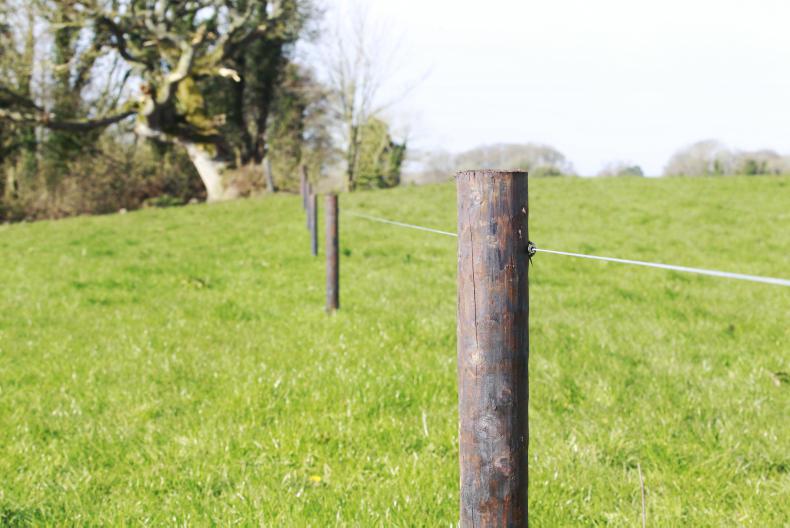Those on heavy farms in the west and midlands have stock housed, hoping for a few dry days to come together to give them a chance to let stock out.
The forecast is good and with longer days than nights, drying is better at this time of the year as daylight and warmer temperatures drive growth.
With exceptional grass growth rates for the time of year for the first time in a number of years, a lot of farmers in the south of the country are not going to get all areas available for grazing grazed off in the first round.
Many are waiting until this week to do a cover and make a call on whether to leave the last 10% ungrazed.
The options for that portion of the farm are then to; (1) leave it as part of the first cut to be taken in late May; or (2), take it out for round bales in two to three weeks’ time if and when grass growth rates continue strong, but cutting for bales brings it back as a grazing option sooner compared to if it was left for first-cut silage.
Most heavier-stocked dairy platforms have spread between 75 and 80 units of nitrogen per acre. Many have spread at least half the silage nitrogen requirement and are now waiting to complete a grass cover this week to decide the final application rate and area required for first cut. Remember, for farms in the east of the country, a large first cut helps silage stocks because second cut can often be dried up.
Get breeding-season ready
Get vaccinations completed in advance of breeding start.
Start on tail painting so that you have better information for a pre-breeding scan of those cows not seen bulling.
Finally, with changable weather, keep tetany prevention top of the list – so if that’s dusting, cal mag in the water or feeding 1kg to 2kg per cow of a cal mag nut, then keep it up.
Read more
Peventing grass tetany
Those on heavy farms in the west and midlands have stock housed, hoping for a few dry days to come together to give them a chance to let stock out.
The forecast is good and with longer days than nights, drying is better at this time of the year as daylight and warmer temperatures drive growth.
With exceptional grass growth rates for the time of year for the first time in a number of years, a lot of farmers in the south of the country are not going to get all areas available for grazing grazed off in the first round.
Many are waiting until this week to do a cover and make a call on whether to leave the last 10% ungrazed.
The options for that portion of the farm are then to; (1) leave it as part of the first cut to be taken in late May; or (2), take it out for round bales in two to three weeks’ time if and when grass growth rates continue strong, but cutting for bales brings it back as a grazing option sooner compared to if it was left for first-cut silage.
Most heavier-stocked dairy platforms have spread between 75 and 80 units of nitrogen per acre. Many have spread at least half the silage nitrogen requirement and are now waiting to complete a grass cover this week to decide the final application rate and area required for first cut. Remember, for farms in the east of the country, a large first cut helps silage stocks because second cut can often be dried up.
Get breeding-season ready
Get vaccinations completed in advance of breeding start.
Start on tail painting so that you have better information for a pre-breeding scan of those cows not seen bulling.
Finally, with changable weather, keep tetany prevention top of the list – so if that’s dusting, cal mag in the water or feeding 1kg to 2kg per cow of a cal mag nut, then keep it up.
Read more
Peventing grass tetany






 This is a subscriber-only article
This is a subscriber-only article










SHARING OPTIONS: